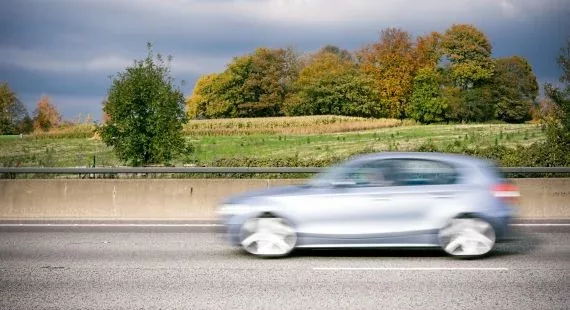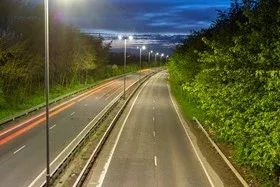Cheshire East Council has given the green light to a number of new road speed and safety strategies to provide a safer road environment for everyone.
Cheshire East Council’s highways and transport committee yesterday (22 September) approved three key documents – a speed management strategy, a vehicle restraint system strategy, and a skid resistance strategy.
The speed management strategy, drafted in consultation with partners including Cheshire police, who are responsible for speed enforcement across the borough, was subject to eight weeks of public consultation that ended on 31 January 2022.
This strategy aims to provide a safer road environment for everyone by setting out how speed will be managed on the borough’s roads. By providing clearer guidance on speed management, the strategy will ensure that the principles are consistently applied across the road network, with support from our partner agencies.
New policy measures include enabling 20mph zones in consultation with local communities, to ensure that any speed limit changes are appropriate for the area, rather than adopting a blanket borough-wide approach.
To take this a step further, 20mph speed limits will generally be mandated for residential roads in new housing developments, with the limits made ‘self-enforcing’ through appropriate highway design built in from the start.
The speed management strategy also enables closer working with town and parish councils to locate digital vehicle speed indicators (knows as SIDS), in speed ‘hot-spots’ across the council’s highway network. These would be owned and operated by local town and parish councils.
An important factor in shaping the strategy was the adoption of Cheshire East’s Local Transport Plan in 2019, which placed greater emphasis on considering the needs of vulnerable road users, such as pedestrians and cyclists.
The strategy includes guidance on the way the council manages speed, while also considering changing attitudes towards means of travel, particularly since the pandemic, when people’s habits and priorities changed.
The strategy supports the council’s ‘active travel’ priority, which aims to encourage more walking and cycling to help deliver on the authority’s target to be carbon neutral by 2025.
Councillor Craig Browne, deputy leader of Cheshire East Council and chair of its highways and transport committee, said: “Together, these three documents set out a clear and consistent strategic approach to managing speed and safety on our roads.
“Our approach to speed management focused on education, enforcement and engineering (3 Es). The speed management strategy sets out a hierarchy of tools that the council has available to manage speed on the highway network and also gives a framework as to how and when they will be applied.
“This will be the basis on which the council will respond to the many requests we receive each year, in relation to speed management and speed limit compliance.
“The strategy also seeks to build on a further three Es: to ‘encourage, empower and enable’ through collaborative working with key strategic partners, including local ward members, town and parish councils, the police and fire and rescue service. We will work closely with communities to deliver and enable speed management measures such as speed indication devices (SIDs).
“The documents also seek to encourage and enable the council’s wider active travel goals, which strive for a greener and healthier way of travelling that will also positively impact air quality and health outcomes for our residents.”
The new vehicle restraint systems (VRS) strategy sets out how the council will manage the placement, inspection, and maintenance of VRS on the highway network. VRS covers types of fence or crash barriers that prevent vehicles leaving the carriageway and coming into contact with various hazards, therefore reducing injury to occupants.
The skid resistance strategy sets out how the council will address lengths of carriageway in the borough that show sub-standard skid resistance. Adequate levels of skid resistance are an important element of highway safety.





















